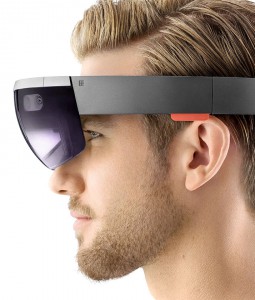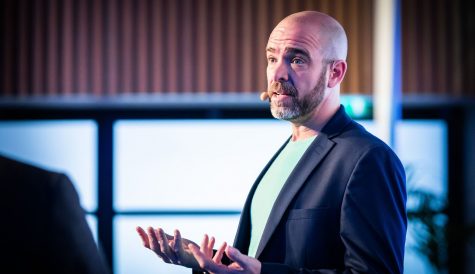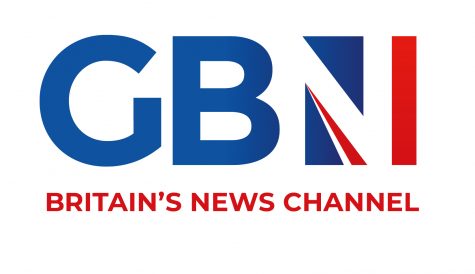
After more than 40 years of operation, DTVE is closing its doors and our website will no longer be updated daily. Thank you for all of your support.
Mixed reality entertainment still ‘future gazing’ but tech advancing rapidly
The application of ‘mixed reality’ to consumer-facing entertainment services is still some way off, but the technology is advancing rapidly, attendees at MIPTV heard today.
Speaking on a panel session on mixed reality at the show, Luke Ritchie, head of interactive arts at Nexus Studios said mixed reality – mapping objects in the real world and allowing people to interact with overlain virtual elements – is not yet ready for mass-market consumer services.
While consumer-facing companies like Apple and Snapchat are entering the space, he claimed that progress is likely to take time.
“These things take years,” he said. “I think that there will be huge opportunities. Certainly in the creative industry for mixed reality, we are two or three years from creating something that will reach a lot of people.”
Ritchie said that products like the recently launched Microsoft HoloLens remain exclusive and it is still necessary to “future gaze” to identify storytelling experiences that can exist in mixed reality.
However, he said, the techniques involved in mixed reality could have more potential than virtual reality to deliver emotionally engaging stories: “Mixed reality is adding a sense that we don’t have, while VR takes away senses in a way by introducing too much reality and too much sound.”
He said that augmented reality, a step before mixed reality, which adds virtual elements to real images, has been boosted by the popularity of Pokemon Go. “AR is new technology in storytelling terms,” he said. “Creating emotion in VR is quite hard, and storytelling is difficult. By no means have we cracked how to tell a story in AR… but you can actually have an experience.”
Nexus Studios is currently focused on making mixed reality content and creates VR commercials and short-form films.
Also speaking on the panel, Michel Rousseau, HoloLens/UX/UI tech evangelist, Microsoft, said that his company had aimed HoloLens at business and academic applications to start with, but added that penetration is likely to rise as devices become more affordable and content emerged that engaged consumers.
“In order to reach the mass market we have to create experiences,” he said, adding that Microsoft plans, with partners, to introduce the technologies available in HoloLens to VR helmets in the near future.
Rousseau said the ultimate end point could be a world where there are no actual screens at all, but only virtual ones.
Ranj Bath, SVP ,head of consumer marketing, at augmented reality company Blippar, was more bullish on the prospects of MR becoming a mass-market proposition in the relative near term. He said that the market is “moving quickly” with the iPhone 8 rumoured to have mixed reality elements in it. “Overnight you could have 16 million MR devices in the market,” he said.
On the downside, Bath cautioned that MR could raise serious privacy issues. He said there is a possibility that “your reality could be hacked” with people breaking into users’ mixed reality space. “It raises many things like privacy. You are already walking around with effectively surveillance devices and with MR you are in effect opting in to a ‘surveillance state’.”



